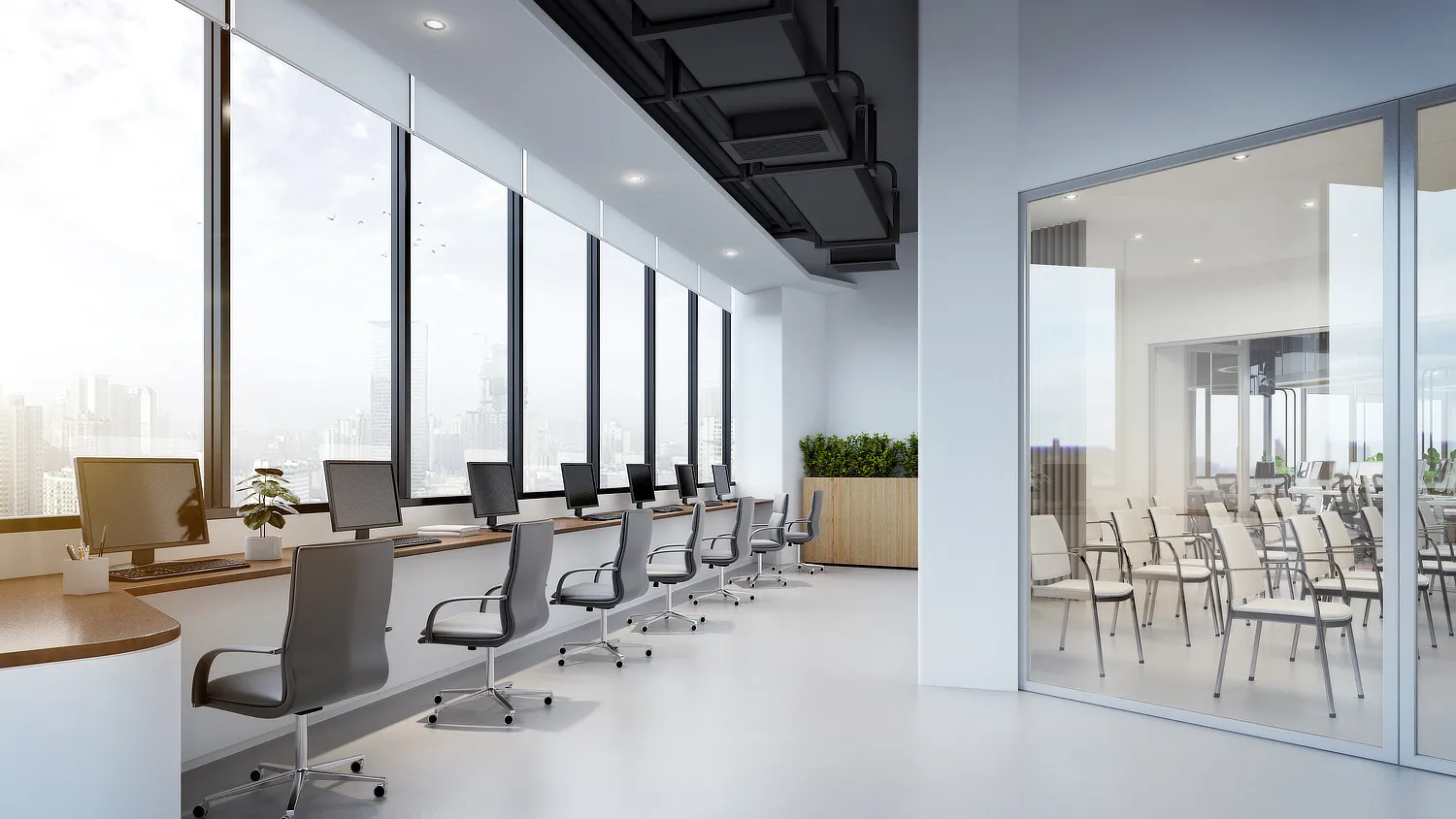The intricate landscape of high-stakes business transformations demands a closer examination, one that underscores the pivotal role of adaptable workspaces. Within this paradigm, organisations are compelled to navigate a terrain characterised by significant risks and unparalleled opportunities, with the spatial dimension emerging as a critical factor in facilitating seamless transitions.
Adaptable workspaces transcend the conventional notion of mere physical configurations; they embody the ethos of organisational evolution and serve as catalysts for cultural metamorphosis. By fostering environments conducive to innovation and collaboration, these spaces become veritable incubators of progressive thinking and cross-functional synergy. The strategic alignment of spatial design with transformative objectives engenders a milieu wherein creativity thrives and barriers to change are systematically dismantled.
Leadership, as the linchpin of any successful endeavour, assumes heightened significance amidst the backdrop of high-stakes transformations. The onus lies not only on senior executives but also on middle management and frontline staff to exemplify steadfast resolve and visionary stewardship. Effective leadership entails the cultivation of a cohesive vision, the articulation of clear objectives, and the cultivation of a climate of trust and empowerment. Through their unwavering commitment to the transformative agenda, leaders galvanise organisational momentum and inspire collective action.
However, the pursuit of transformational excellence transcends individual leadership prowess; it hinges upon the cultivation of a collaborative ethos that permeates every echelon of the organisational hierarchy. The imperative to transcend departmental silos and embrace a unified approach underscores the indispensability of collaborative frameworks in realising transformative ambitions. By harnessing the collective intellect and expertise of diverse stakeholders, organisations foster a culture of shared ownership and mutual accountability, thereby fortifying their resilience in the face of adversity.
In summation, high-stakes business transformations necessitate a multifaceted approach that integrates the principles of adaptable workspace design, enlightened leadership, and collaborative engagement. It is through the orchestration of these constituent elements that organisations can navigate the complexities of change with agility and purpose, emerging not only unscathed but fortified in their capacity to thrive amidst uncertainty.



